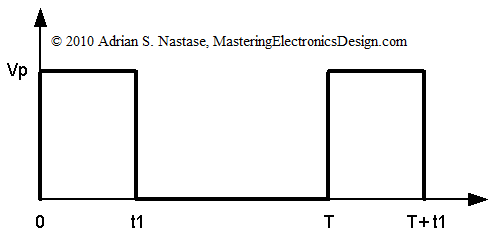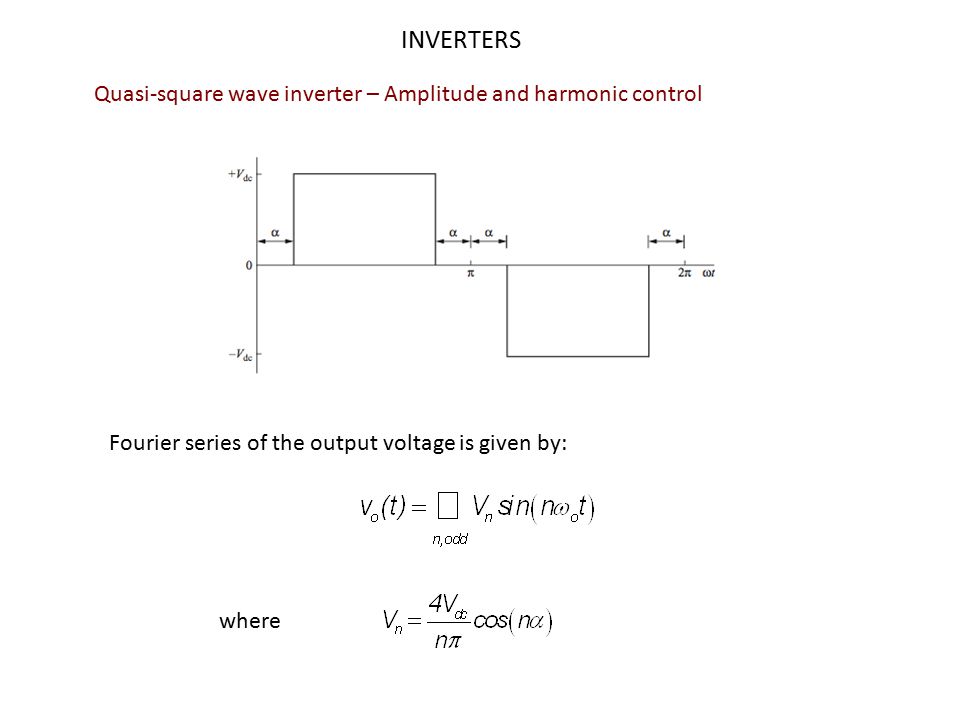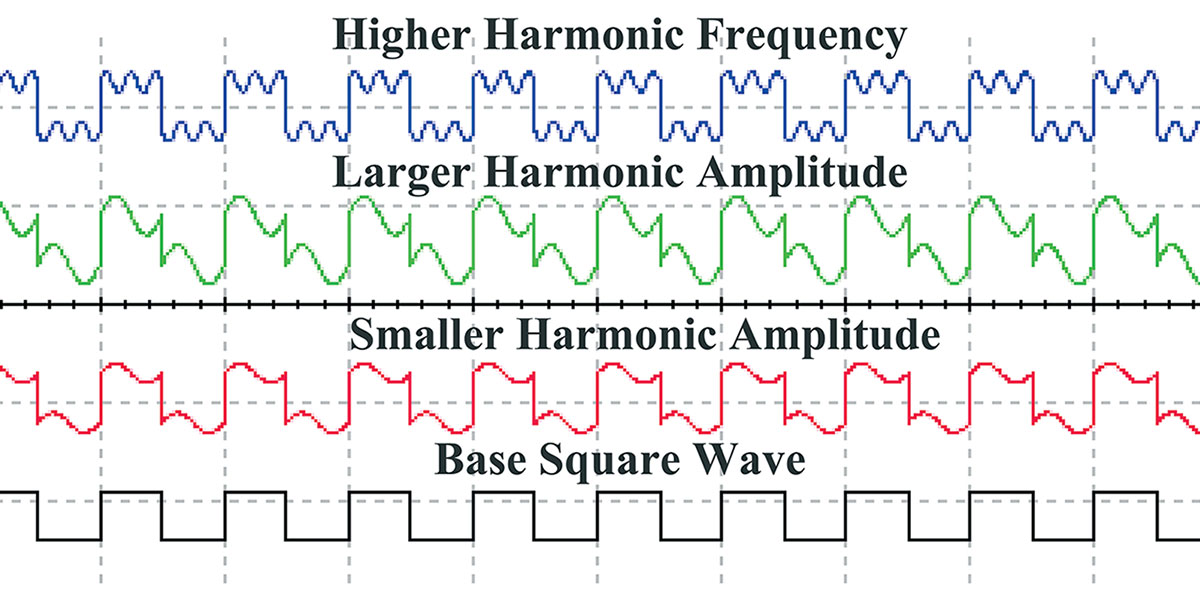

In essence, one can synthesize a somewhat accurate square wave by adding odd multiples of the fundamental frequency to a sine wave. To conclude, IT IS IMPORTANT TO REALIZE that triangle, square, and sawtooth waves ARE MADE UP OF SINE WAVES – AS IS EVERY SOUND IN THE UNIVERSE.

Each harmonic is a little lower in amplitude in comparison to the previous one. In addition, ff the fundamental of a sawtooth is 100 Hz, that means it also contains 200 Hz, 300 Hz, 400 Hz ….etc. This means that this is the most complex of the four basic synthetic waveforms – but still nowhere close to as complex as real sound. Meaning, the harmonics have less influence on the overall shape of the wave.Ĭontains all harmonics. In short, Triangle is like a square wave in that it contains odd harmonics, except the harmonic content, is lower in amplitude than in a square wave. This means that if the fundamental frequency of a square wave is 200 Hz, it will also generate 600 Hz (3rd harmonic), 1000 Hz (5th harmonic), 1400 Hz (7th harmonic) and so on…. Y = Asinx describes it mathematically.Ĭontains odd harmonics (odd whole number multiples of the fundamental). On the whole, even the purest sounding oscillators and self-resonating filters have a little bit of noise in their output. So perfectly simple that it cannot technically exist acoustically or electrically. These are the four basic synthetic waveforms. After all, every frequency part of a sound – harmonic or not – has the potential to send you down a path of unintentional, unfocused ideas that will do more harm than good in context. This, frankly, is the beauty of them – they allow us to create sounds from scratch without getting ahead of ourselves. Synthetic waveforms are MILES less complex than audio recorded from an acoustic or electrical source. For example, when producing sound or music for film, the sample rate of the audio should match the video resolution rate – which is often over 90,000 Hz. BUT THIS DOES NOT MEAN OTHER SAMPLE RATES ARE NOT USED. We cannot hear the improvement past 44100 Hz. Of course at this point you may be asking yourself “Why not just sample as frequently as possible? Why not just go to 50,000 Hz or 100,000 Hz?” The answer is negligence. It accounts for any aliasing that may occur when sampling very low and very high frequencies. This is why the extra 4100 Hz in Nyquist Frequency exists. However, since sine waves are infinitely smooth and gradual, just one sample of each portion will not produce a very accurate waveform at very high and very low frequencies – but this gets pretty close. This means at a sampling rate of 40000 Hz, we will catch both the positive and negative portions 20,000 Hz.So, as long as we sample (analyze and generate) rapidly enough to catch both the positive and negative portions of the highest (most rapidly oscillating) audible frequency – we can confidently rectify just about every audible frequency.Every frequency has a positive half and a negative half (compression and rarefaction).The highest audible frequency for humans is 20,000 Hz.

Sampling Rate for recording purposes is pretty standard – 44100 Hz, the Nyquist Frequency for audio. Furthermore, the higher the bit depth, the more values the computer has to choose from and the more accurate the rectification is. Simply put, PCM assigns a bit value to each sample at whatever sampling rate you’re running.

BIPOLAR SQUARE WAVE HARMONICS CODE
The discrete changes in an input signal are rectified in an instant through a process called “Pulse Code Modulation” (PCM). Here is how they are typically generated…. As you probably already know, as you zoom in on a waveform, its contour becomes more and more visible.Ī waveform is a digitized recreation of very dynamic voltage changes over time. What makes this concept abstract is that waveforms typically contain tens of thousands of discrete changes within an unimaginably short period, crammed into a short block in a sequencer. Amplitude is measured in a bipolar manner, with positive and negative values not to be confused with level, which can be the absolute value of amplitude changes or an average. As a matter of fact, a waveform is merely a graph that displays amplitude or level changes over time.


 0 kommentar(er)
0 kommentar(er)
